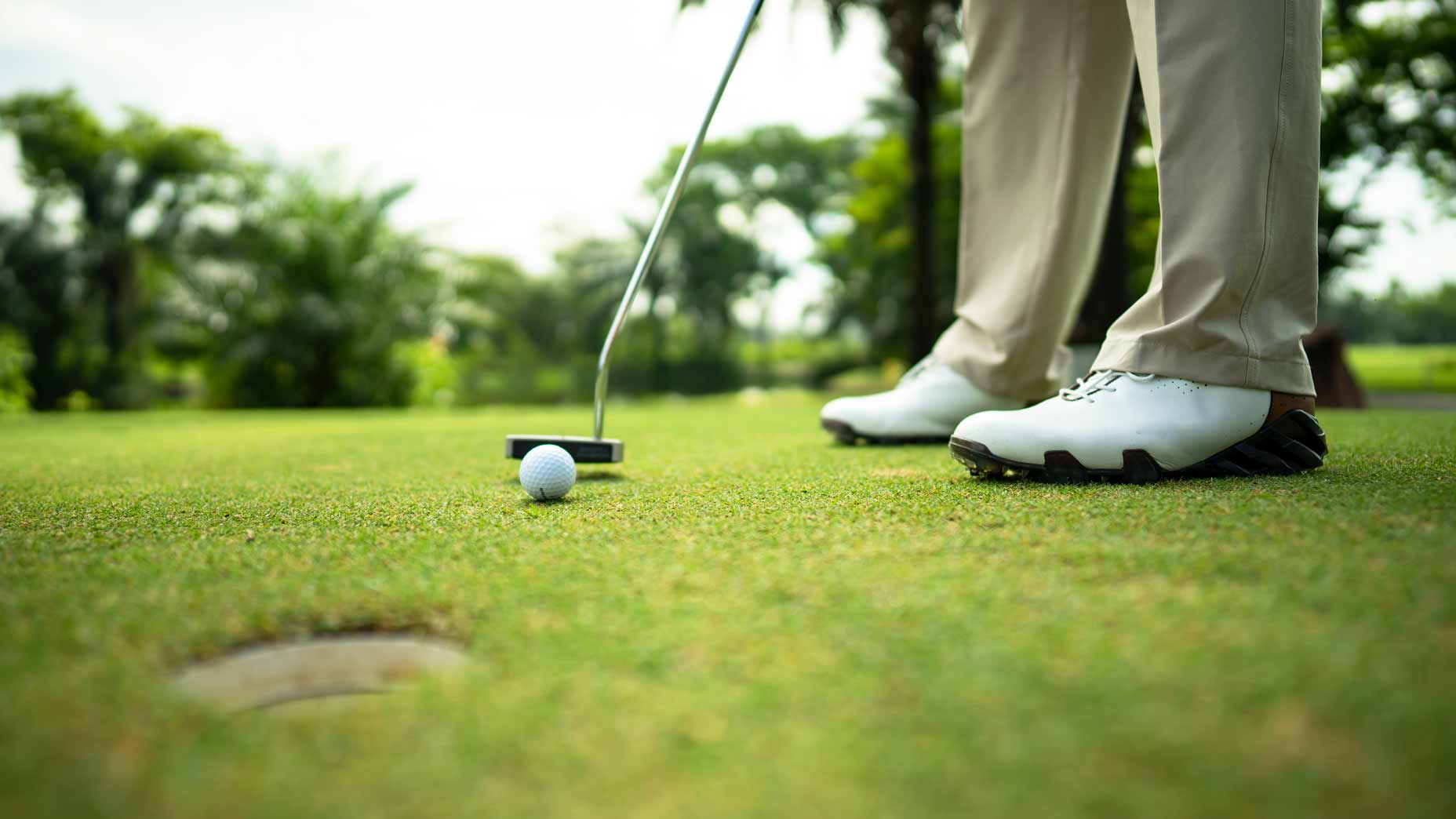Welcome to another edition of the Fully Equipped mailbag sponsored by Cleveland/Srixon Golf, an interactive GOLF.com series in which our resident dimplehead (a.k.a., GOLF’s managing editor of equipment, Jonathan Wall) fields your hard-hitting gear questions.
I hate calling them the “y-word,” but I’ve been struggling with my putter recently on shorter putts. I was told to try a larger grip to quiet my hands, but even that didn’t seem to fix the issue. Any suggestions?
A larger grip would have been my first suggestion if you didn’t want to spring for a new putter, so it’s good to see you’re moving in the right direction. A larger grip is designed to remove the hands and engage the larger muscles, which should help smooth out your stroke. However, this might be a situation where you need to use a two-pronged approach.
Since you didn’t offer putter details, I’m going to assume you use a traditional blade-style model with a standard grip that weighs roughly 55-60 grams. I mention the grip weight because some oversized handles can get close to 100-plus grams, and that’s going to alter the balance point and overall weight of the putter. That, in turn, can have a negative effect on the stroke and how the putter feels in your hands.
Cleveland Frontline
If the grip weight is close to what you’re currently playing, I’d contemplate the idea of testing out a larger head profile. That doesn’t necessarily mean you need to go with a full-blown mallet, but at least consider a wide-body blade with some adjustable heel-toe weights. Going to a heavier head will simplify your stroke while reducing an unnecessary twisting that could occur at impact. In essence, the heavier profile is designed to help you worry less about making a good stroke and focus more on the line and pace.
The heel-toe weights, while not available with every putter, are an easy way to make calculated adjustments to the overall weight without having to get lead tape involved, should you want to add or remove mass down the road. To be clear, lead tape remains a viable option if you want to alter your current wand; just be aware that you’d need a significant amount for a meaningful head weight increase in this case.
I realize a mallet or even a wide-body blade might look different compared to your Anser-style blade, but it could get your putter back on track. And if you don’t want to heed my advice, maybe you’ll listen to Rory McIlroy, who recently admitted his “good days [with the blade] are really good but the bad days are pretty bad.”
“There’s quite a lot of inconsistency in it for me,” he continued. “It’s almost like I need to practice with the blade at home because you have to get your stroke spot-on to hit good putts with that style of putter.”
He’s since gone back to a TaylorMade Spider X mallet.
I’m not saying you have to follow Rory’s lead and throw a mallet in the bag, but if things aren’t getting better with your old putter and a new grip, it’s probably time to try something else. A wide-body blade or mallet is a good place to start.
Want to overhaul your bag for 2021? Find a fitting location near you at GOLF’s affiliate company True Spec Golf. For more on the latest gear news and information, check out our latest Fully Equipped podcast below.
